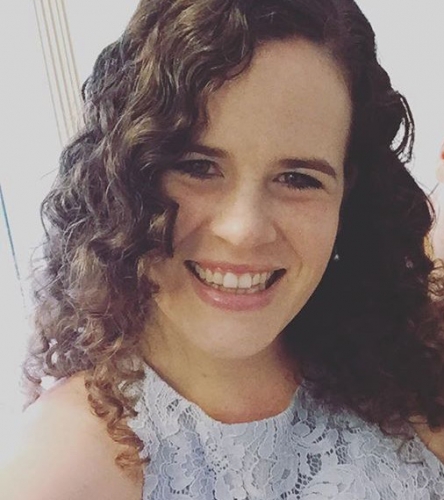As the population of Australia continues to age, the demand for quality aged care services has increased. At the heart of this is gerontechnology, where gerontology and technology are combined to improve the quality of life and care for older adults. From wearable health monitors and telehealth systems to smart home devices designed to support the elderly in maintaining their independence and well-being, these technologies improve the quality of care and contribute to care delivery, allowing for more personalised and responsive services.
In Australia, aged care has been under scrutiny, particularly in light of the findings from the
Royal Commission into Aged Care Quality and Safety. The Commission highlighted significant problems in the sector, including inadequate staff training and a lack of resources to meet the growing demands of an ageing population. The integration of gerontechnology offers a valuable opportunity to address some of these challenges and improve the overall standard of care.
Subscribe for FREE to the HealthTimes magazine
Several innovative technologies have been developed and implemented in aged care settings, including:
-
Wearable Health Monitors: These devices, such as smartwatches and fitness trackers, can monitor vital signs like heart rate, blood pressure and activity levels. They provide real-time health data, which allows early detection of potential health issues and early interventions. For example, fall detection sensors can alert caregivers immediately if an elderly person falls.
-
Telehealth: Telehealth services allow older adults to consult with healthcare professionals remotely without leaving their homes, using video calls and other tools.
-
Smart Home Systems: Examples include smart lighting, voice-activated assistants for reminders, and sensors that monitor movement and detect unusual patterns, such as prolonged inactivity, which could indicate a health issue.
The successful adoption of gerontechnology requires training aged care professionals with the necessary skills and knowledge to effectively use these new technologies. By investing in the education of aged care workers, Australia can ensure that it's providing the highest quality of care for its elderly population. Despite the potential benefits of gerontechnology, there is a notable gap in technology skills among aged care workers. Several factors contribute to this gap:
-
Limited exposure: Many aged care workers have had limited exposure to advanced technologies, both in their professional training and daily work environments. This lack of familiarity can lead to resistance and hesitation in adopting new tools.
-
Inadequate training programs: Existing training programs may not adequately address the specific needs of aged care workers concerning gerontechnology. This includes insufficient hands-on training and practical applications of technology in care settings.
-
Generational differences: The workforce in aged care often includes a significant proportion of older workers who may be less comfortable with digital technologies compared to younger generations. This can create a divide in technology adoption and usage.
-
Time constraints: The demanding nature of aged care work leaves little time for workers to engage in additional training or professional development. This limits their ability to stay updated with technological advancements.
The field of gerontechnology is continually evolving, with new trends and innovations shaping the future of aged care. AI and machine learning are being integrated into gerontechnology to enhance predictive analytics, personalise care and automate routine tasks. For example, AI-driven health monitoring systems can analyse data from wearable devices to predict health issues before they become critical.
IoT connects various smart devices within an elderly person's living environment, creating a cohesive system that can monitor and respond to their needs. IoT applications in aged care include smart home systems that automate lighting, temperature control, and security, as well as sensors that track movement and detect falls.
Assistive robots are being developed to help with daily activities, provide companionship and assist with rehabilitation. These robots can perform tasks such as medication reminders and physical therapy exercises, and can even provide social interaction.
It’s clear that gerontechnology is an evolving field, and continuous learning is essential for keeping aged care workers up-to-date with the latest advancements. Strategies for incorporating continuous learning and professional development include:
-
Regular updates and refresher courses: Offering refresher courses and updates on new technologies ensures that care workers remain current with the latest developments. This can be done through online modules, workshops and seminars.
-
Professional development plans: Developing individual professional development plans for care workers can help them identify and pursue specific areas of interest within gerontechnology. These plans can include goals for acquiring new skills and knowledge, as well as opportunities for career advancement.
-
Accredited certification programs: Implementing accredited certification programs in gerontechnology can provide formal recognition of a care worker's expertise. These certifications can boost career prospects and motivate care workers to pursue further education and training.
-
Involvement in research and innovation: Encouraging care workers to participate in research projects and pilot programs can encourage a culture of innovation.
-
Collaboration with industry and academia: Partnering with technology providers and academic institutions can provide access to the latest research, training materials and expertise. These collaborations can support ongoing professional development and ensure that training programs are aligned with industry standards.
The future of aged care lies in the successful integration of gerontechnology, and education is the key to unlocking its full potential. By investing in gerontechnology education, stakeholders can create a more resilient, effective and compassionate aged care system, paving the way for a brighter future for older Australians.













